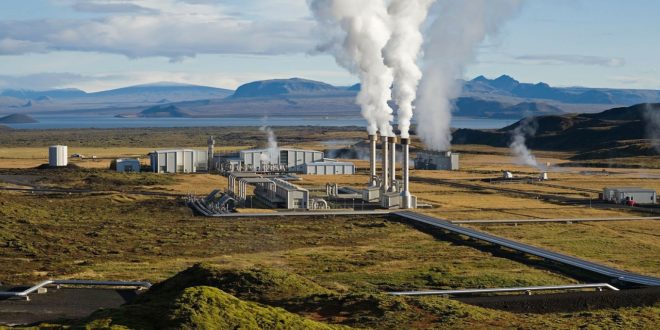Saving the planet through sustainable lifestyle changes is at the top of everyone’s mind. It’s why so many people recycle and minimize their petrol purchases – but they may not know much about the most significant potential energy source for humanity’s future.
Read on to learn whether geothermal can ever become the norm and why so many people agree it could be the solution to unsustainable power sources.
1. It’s a Global Energy Supply
Petrol factories need a direct source to capture and refine fossil fuels. Electric plants can only operate in areas that don’t experience turbulent weather – but geothermal energy changes the game.
Geothermal energy comes from heat that rises from the earth’s core. People can access it almost anywhere, including the coldest parts of the Arctic and other tundra regions. Its widespread accessibility makes it a good candidate for a global energy supply, which would immediately help areas that otherwise don’t have access to electricity or fossil fuels.
2. It’s Safely Underground
Individual geothermal energy machinery remains underground, so interested homeowners don’t have to attach or add anything to their houses to make the switch. Businesses also don’t have to buy extra property to install the mechanisms. Civilization can continue expanding and growing without worrying about saving space to access sustainable energy.
Homeowners and anyone else with property who wants to switch to geothermal energy just have to ensure that their land has sufficient groundwater. Open-loop geothermal technology uses one and a half gallons of water per minute to operate, which may be more water than residents have in drier regions.
3. It Doesn’t Create Greenhouse Gases
The United States Department of Energy (DOE) found that geothermal energy plants are cleaner than large-scale power plants that produce or rely on electricity. They don’t produce greenhouses gases to send electricity to consumers, which is the opposite of any power plants currently operating on fossil fuels.
Geothermal plants are also weather-resistant because the primary technology remains underground. Eliminating greenhouse gas production to make electricity would buy humanity time to heal the planet while geothermal pumps remain safe from severe global weather patterns created by climate change.
4. It Could Mitigate Oil Industry Losses
As natural gas becomes less needed or wanted by consumers, petrol companies will have to look elsewhere to stay afloat. Many corporations have already invested in solar energy, but geothermal energy has unrecognized potential.
Becoming a leading geothermal energy provider would make environmental reformation laws less of a threat to natural gas corporations. They also already have the money to invest in geothermal infrastructure and tech upgrades, guaranteeing a profitable business in place of extracting fossil fuels.
5. It’s a Long-Term Solution
According to recent research, 0.1% of the earth’s heat would create enough electricity to meet humanity’s every demand for just over 2 million years. Given the rapidly growing population and increasing use of electricity-reliant technologies, transitioning to such a sustainable energy source would benefit everyone.
Geothermal plants also solve another problem. Experts currently debate how existing green energy technology could take charge of electricity demand after decarbonizing the power grid. Splitting the market’s need between wind and solar would be riskier than supplementing both with geothermal energy, which research proves is a reliable foundation for sustainable electricity.
6. It Runs Around-the-Clock
The sun sets and the winds slow down, but the earth’s core is always hot. Unlike wind and solar farms, geothermal plants can run around-the-clock. They’ll never slow down production, making them more efficient and reliable than other sources of green energy. People won’t worry about power outages from such a shielded, ever-present source of electricity.
Look Foward to Geothermal Energy
Geothermal energy could become the norm if more people learned about the great potential it holds. Its widespread accessibility, long-term potential, and clean energy production make it an excellent candidate for the world’s electricity demand.
Author bio:
Jane is a writer who covers renewable energy and environmental topics. She is also the editor-in-chief of Environment.co.
 Alternative Energy HQ solar power for homes, wind energy, and bio fuel issues
Alternative Energy HQ solar power for homes, wind energy, and bio fuel issues




